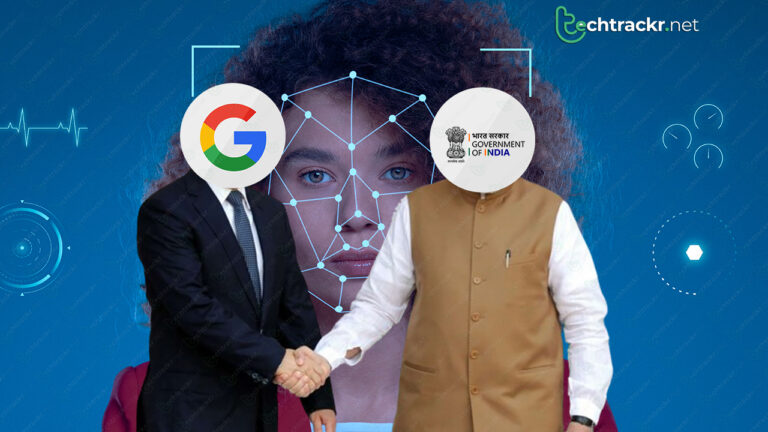
In a significant move, the Indian government is stepping up its efforts to tackle the growing threat of AI-generated deep fake content by collaborating with Google. This joint initiative brings together policymakers, senior Google officials, and AI experts for a comprehensive discussion aimed at formulating robust solutions against the menace of deep fakes and other misleading AI-generated content.
While acknowledging the positive applications of AI technology, such as aiding those with speech or reading impairments and fostering creativity in various fields, Google expressed concern about the potential misuse of deep fakes in disinformation campaigns and other malicious activities.
“The potential for spreading false narratives and manipulated content can have negative implications”, said Google in a blog post.
Minister of State for Electronics and IT, Rajeev Chandrasekhar, emphasized the legal consequences for deep fakes under the current IT Rules, specifically citing Rule 3(1)(b). This reflects India’s firm stance on the risks associated with AI-generated content.
Google has already implemented safeguards like SynthID to combat fake images. SynthID utilizes an embedded watermark and metadata labeling system to identify photos generated through Google’s text-to-image generator, Imagen. However, the increasing concern over AI-generated deep fake videos necessitates urgent attention.
Recent instances of deep fake videos featuring Bollywood celebrities like Rashmika Mandanna, Katrina Kaif, and Alia Bhatt circulating on social media underscore the gravity of the situation. Google recognizes the risks associated with such morphed videos and is actively testing for safety and security risks, including synthetic media consisting of AI-generated audio-video content.
In response to the challenge, Google announced that YouTube will soon require creators to disclose altered or synthetic content that appears realistic, thanks to the use of AI tools. Viewers will be informed about such content through labels in the description panel and video player.
The message is clear: reporting the circulation of known individuals’ or celebrities’ deep fake videos is crucial, as it constitutes a punishable offense. The Indian government is committed to taking strict actions to combat the spread of morphed content, emphasizing the need for collective vigilance against this emerging threat.
